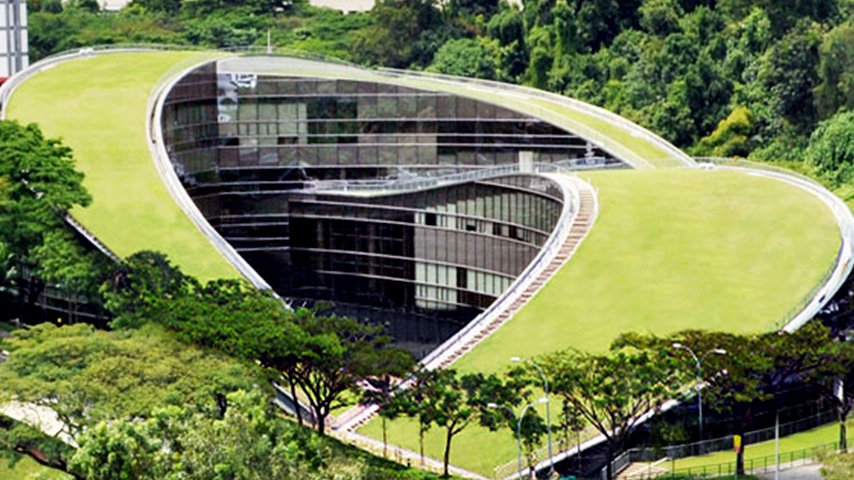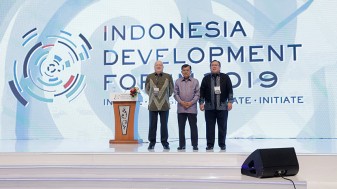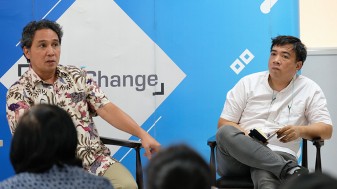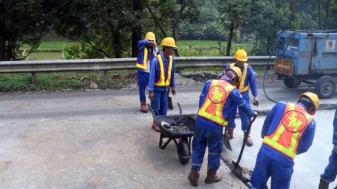THE CONVERSATION - The Indonesian government recently announced efforts to improve funding for research in Indonesia.
It announced an endowment fund for research with a starting capital of Rp990 billion, tax deductions for companies that invest in research and development, and plans to form a “National Research Agency” by 2020 to coordinate research funding in Indonesia.
However, scholars warn that without transparency and accountability as well as merit-based competition these efforts will once again end up a waste of money.
In 2019, Indonesia only allocated 0.24% of its GDP or around Rp35.7 trillion (US$2.5 billion) for research. This fund is also spread across 45 government agencies, and only 43.7% of the money is used for pure research and the rest for operations.
In a discussion titled “Finding a Research Funding and Management Model for Indonesia” late last month in Jakarta, scholars said Indonesia can learn a lot from Singapore, often regarded as the most influential scientific powerhouse in Asia, on how they manage their research funds.
Singapore coordinates its research funding through its National Research Foundation.
Addressing the lack of coordination
In the discussion organised by Knowledge Sector Initiative (KSI), Katadata, and University of Indonesia’s Economics Department, Yohanes Eko Riyanto, an associate professor at the Nanyang Technological University said, like Indonesia, Singapore’s research ecosystem also involved various ministries and research funding agencies.
Despite the existence of various institutions, Singapore’s research funding efforts are very coordinated, led by the National Research Foundation.
Directly under the Prime Minister’s office, the foundation sets national research priorities and coordinates the many funding agencies to ensure no overlap or waste of funds.
“The institutional setup behind the research funding landscape is clear. There are not so many institutions seemingly working independently like the situation we find in Indonesia”, he said.
The system works. Singapore is very productive in showcasing high-quality research and innovation. It places 8th in the 2019 Global Innovation Index outranking even European giant Germany (9th). Meanwhile Indonesia ranks far below in 85th place on the same index, lower than Kenya (77th) and Jamaica (81st).
Prospects of a “National Research Agency”
Indonesia’s plan to set up a “National Research Agency”, mandated under its newly issued law on science and technology, aims to solve the problems surrounding inefficient use of research funds.
Riyanto said that the agency could solve the lack of coordination in Indonesia’s research ecosystem. But he stressed that it could work only if the proposed agency is set up as an independent body that offers transparent and competitive funding.
“In Singapore, research proposals are evaluated based on stringent criteria like project deliverables and scientific contributions. The NRF would invite top world scholars to sit in the evaluation board. So all proposals are judged and benchmarked against world standards.”
The details of the National Research Agency’s role is still being debated. Some scholars have expressed concern that the agency will wield too much power and political influence.
Others fear that the research agency may misuse its power to only fund research that it likes.
Teguh Dartanto, Head of the Department of Economics in Universitas Indonesia, said that the problem in research is mostly about time-consuming administrative procedures and the short period of funding.
He welcomed the establishment of the research agency as it would reduce red tape in research funding administration.
Linking up with industry demands
Indonesia also plans to give companies tax deductions up to 300% to companies investing in research and development. Riyanto said that Indonesia could learn from Singapore in engaging more with the private sector to further boost its research funding.
In 2016, Singapore’s National Research Foundation announced that the government would contribute S$19 billion (around US$13.7 billion) until 2020 as part of its five-year research plan.
The largest contributor however, is the private sector. Out of the total 2.2% of Singapore’s GDP available for research, the industry contributes more than half (around 1.2% of GDP).
Riyanto also highlighted the importance of the Agency for Science, Technology, and Research (A-STAR).
A-STAR reports to Singapore’s Ministry of Trade, but remains one of the most important funding agencies under the coordination of Singapore’s National Research Foundation. It has a unique role in spearheading industry-oriented research and bridging the gap between academia and the private sector.
The agency teams up with the government and companies to provide funding for research ranging from biomedics to manufacturing.
For the 2011-2015 period, A-STAR alone was involved in 8,965 industry projects, resulting in over USD 1.15 billion in industry R&D spending.
These grants are competitively offered to its research facilities and also universities, such as NTU.
“Big companies like Rolls-Royce, BMW, and Alibaba, for example, partner with NTU to set up corporate labs. If they provide money to universities, the government, through the NRF, will also provide support through its Corporate Labs in Universities program to help the ventures thrive”, Riyanto explained.
In 2017, the Ministry for Research and Higher Education recorded that only Rp 6 trillion (around US$420 million) was invested for research. This amounts to only 0.04% of Indonesia’s GDP.
Scholars say this lack of industry involvement, or perhaps a lack of an agency to stimulate it, means Indonesia is missing out a lot on job creation and increased competitiveness.
Source: The Conversation - 23 August 2019






